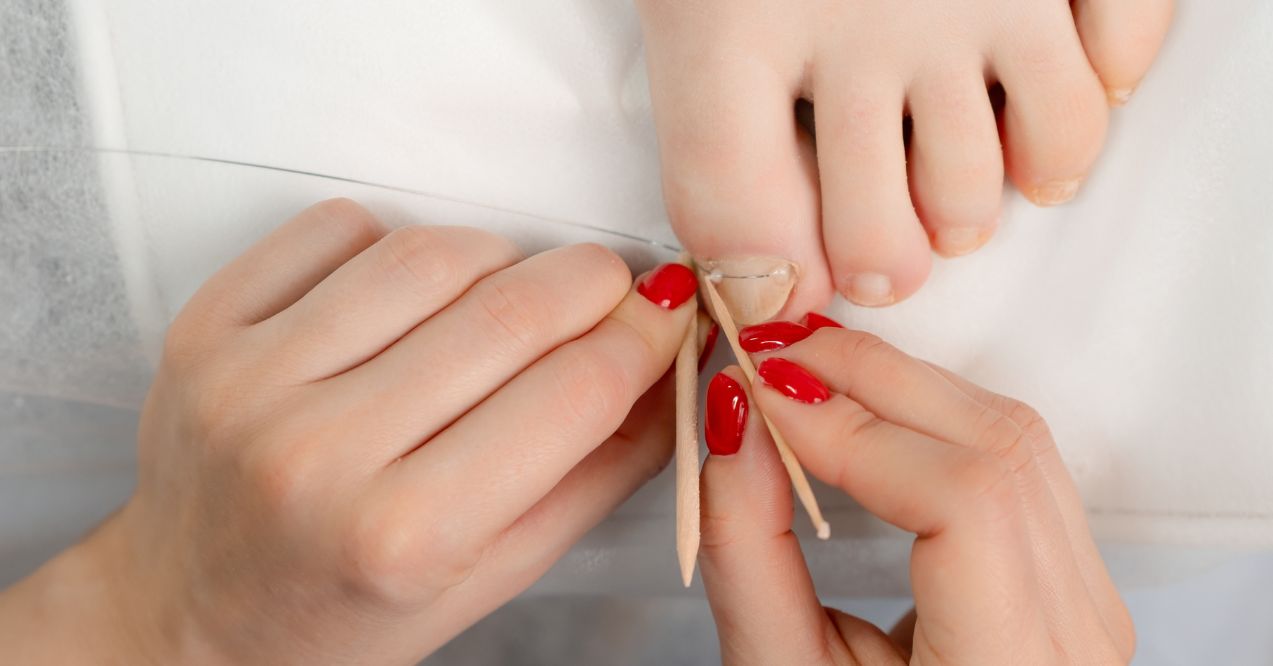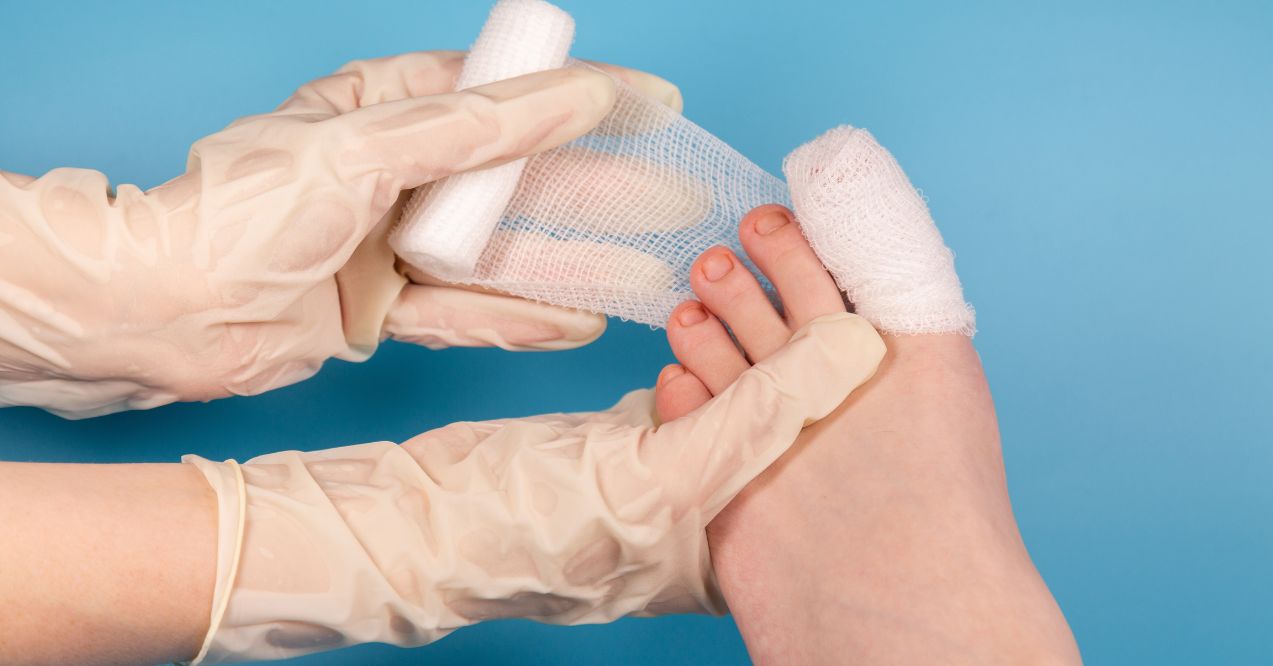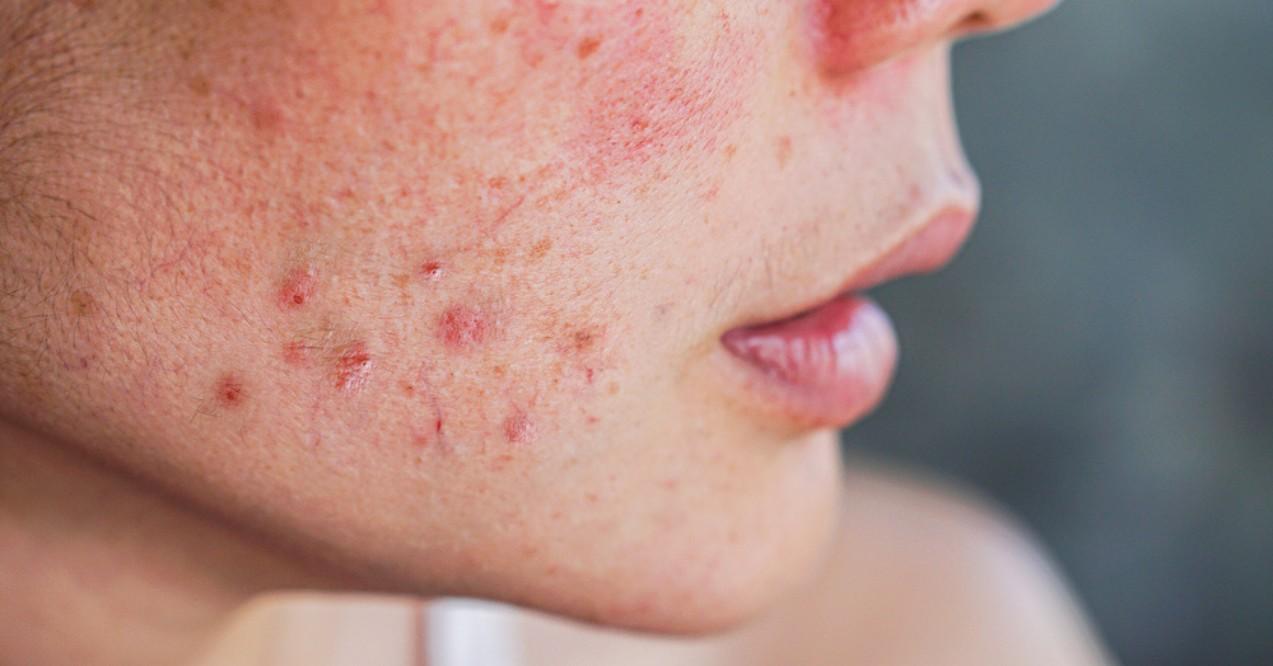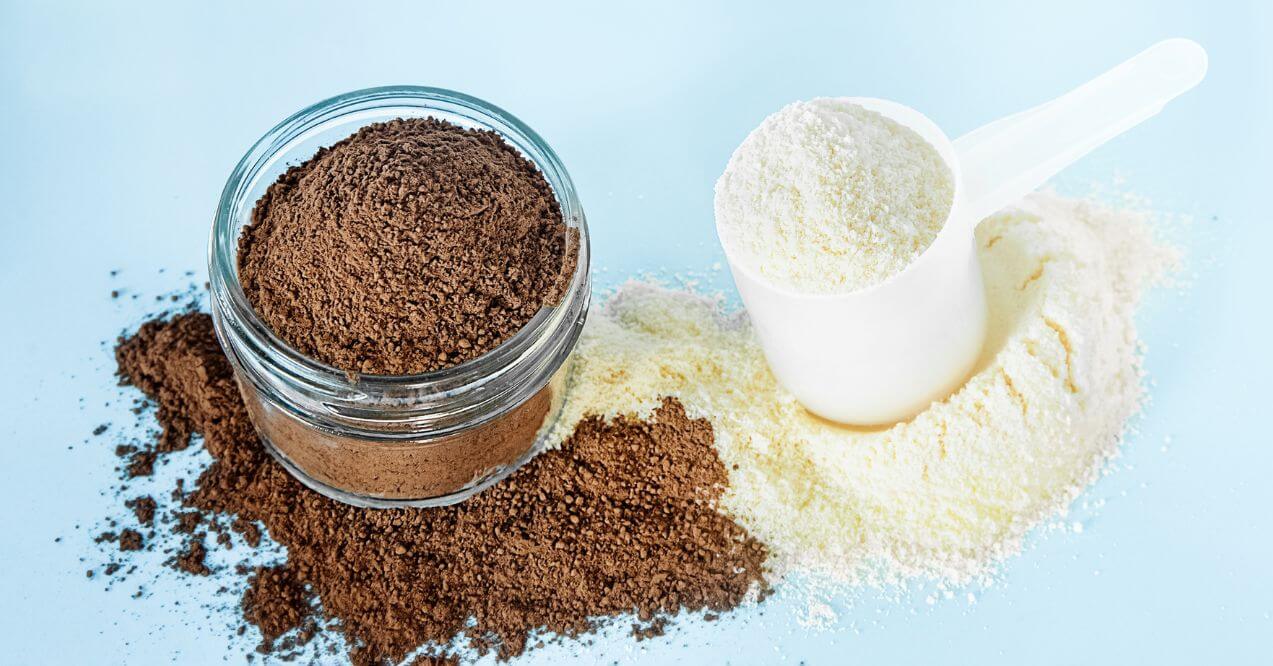Why Are My Toenails Falling Off? Causes & Prevention
Why are my toenails falling off? Discover common causes, home treatment tips, and prevention strategies for toenail detachment.
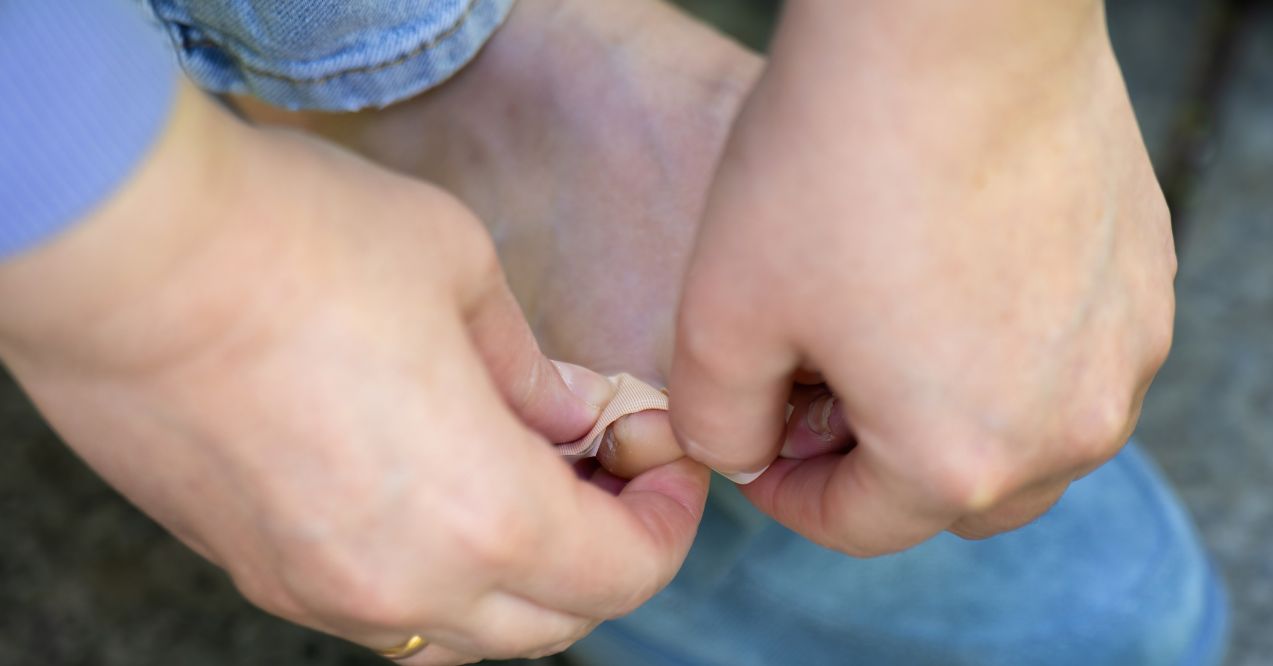

Why are my toenails falling off? Toenail loss is a relatively common issue that can affect people of all ages. From minor injuries to fungal infections, the causes behind toenail detachment can range from simple to complex.
Therefore, this blog will explore the various causes of toenail loss, such as trauma, fungal infections, and conditions like psoriasis. We’ll also provide guidance on immediate actions to take if your toenail falls off, and discuss ways to support toenail health and prevent future incidents.
Understanding these factors can help you maintain your toenails’ health and alleviate discomfort associated with toenail loss.
What to Do After Your Toenail Falls Off? Immediate Steps
What to do if your toenail is coming off? If you experience a toenail falling off, immediate care is crucial to prevent infection and promote healing.
- First, gently clean the area with mild soap and warm water to remove any debris.
- Pat the area dry with a clean towel.
- Apply an antibiotic ointment to help prevent infection and cover the exposed nail bed with a sterile adhesive bandage.
- Change the dressing daily or more frequently if it becomes wet or dirty.
- Wear comfortable, well-fitting shoes that don’t put pressure on the affected toe.
- Avoid walking barefoot to minimize the risk of further injury or contamination.
- Monitor the area for signs of infection, such as increased redness, swelling, or discharge.
- As the new nail grows, keep it trimmed and clean.
Remember that full regrowth may take several months, so patience is key. If you have concerns about the healing process, consider seeking professional advice.
Why Are My Toenails Falling Off?
Why are my toenails falling off? Toenail loss can occur due to various factors, ranging from external trauma to underlying health conditions. Understanding these causes can help you identify potential reasons for your toenail issues and guide appropriate care.
Injury
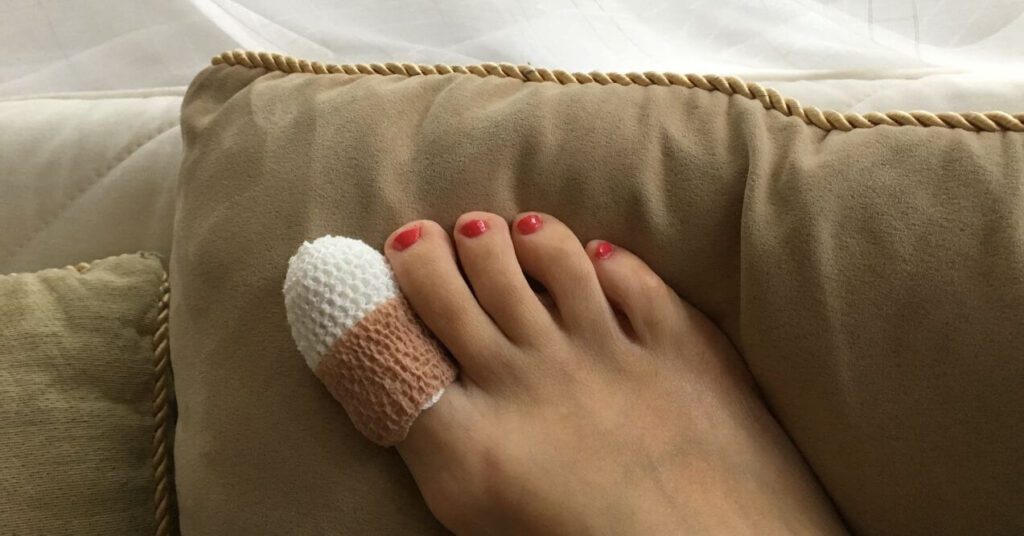
Trauma or injury is a frequent cause of toenail detachment. This can happen due to:
- Stubbing your toe against a hard surface
- Dropping heavy objects on your foot
- Wearing ill-fitting shoes that constantly press against your toenails
- Repetitive impact during activities like running or hiking
When trauma occurs, blood can accumulate under the nail, causing it to separate from the nail bed. This condition, known as subungual hematoma, may lead to the toenail falling off over time. In some cases, the nail may detach immediately upon impact. If you’re wondering, “why are my toenails falling off?”, trauma is a common cause, but other factors like fungal infections or underlying health conditions may also contribute.
Fungus
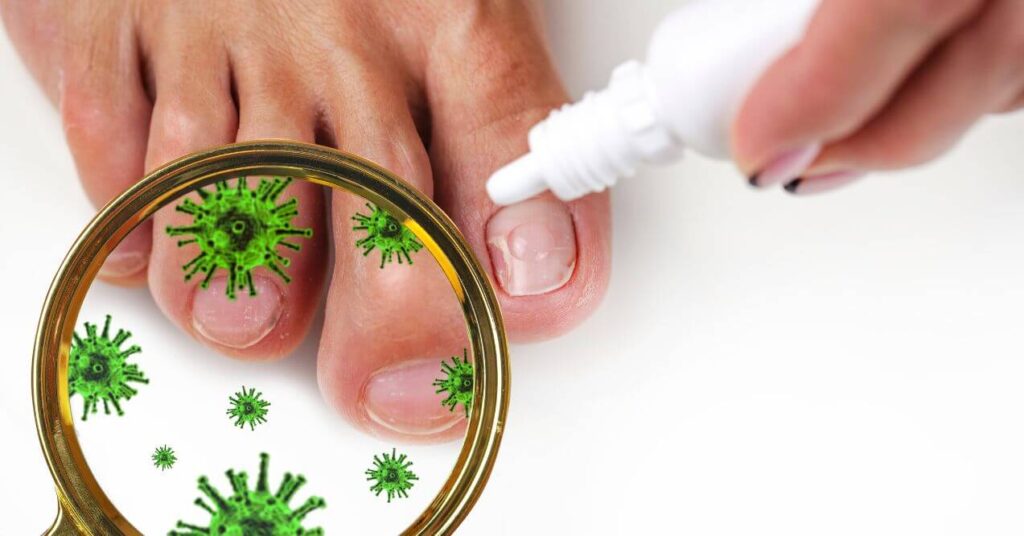
Fungal infections are another common reason for toenail loss. Can toenail fungus spread internally? While the fungus typically affects the nail and surrounding skin, severe cases may lead to secondary infections if left untreated.
What does toenail fungus look like? Early signs include:
- Discoloration (yellow, brown, or white spots)
- Thickening of the nail
- Brittle or crumbly texture
- Distorted shape
As the infection progresses, you may notice distinct stages of toenail fungus:
- Initial infection – Small white or yellow spots appear
- Spreading – The discoloration covers more of the nail
- Thickening and distortion – The nail becomes thick, brittle, and may change shape
- Separation – The nail begins to detach from the nail bed
What to do if toenail falls off from fungus? Maintain proper hygiene, keep the area dry, and consider over-the-counter antifungal treatments. For persistent cases, seeking professional advice may be necessary.
Psoriasis
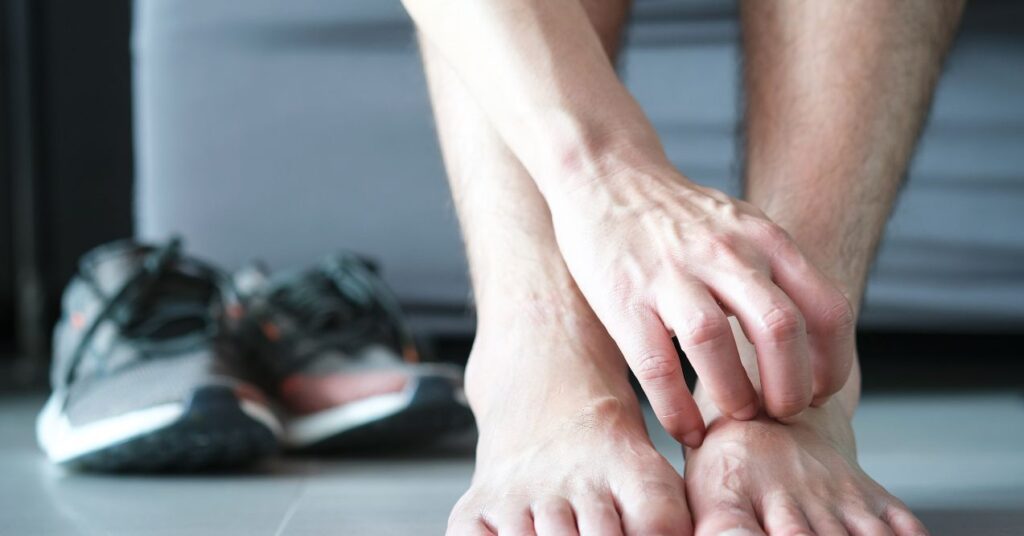
Psoriasis, an autoimmune condition affecting the skin, can also impact toenails. When psoriasis affects the nails, it can cause:
- Pitting (small depressions on the nail surface)
- Thickening of the nail
- Discoloration (yellowing or browning)
- Separation of the nail from the nail bed (onycholysis)
In severe cases, psoriatic nails may become loose and eventually fall off. This process is often gradual and may not cause pain. However, the exposed nail bed can be sensitive and prone to infection, so proper care is essential.
How to Treat a Detached Toenail at Home?
When dealing with a detached toenail, proper home care is crucial to promote healing and prevent complications. Here’s a guide on how to manage this condition effectively:
Cleaning Methods
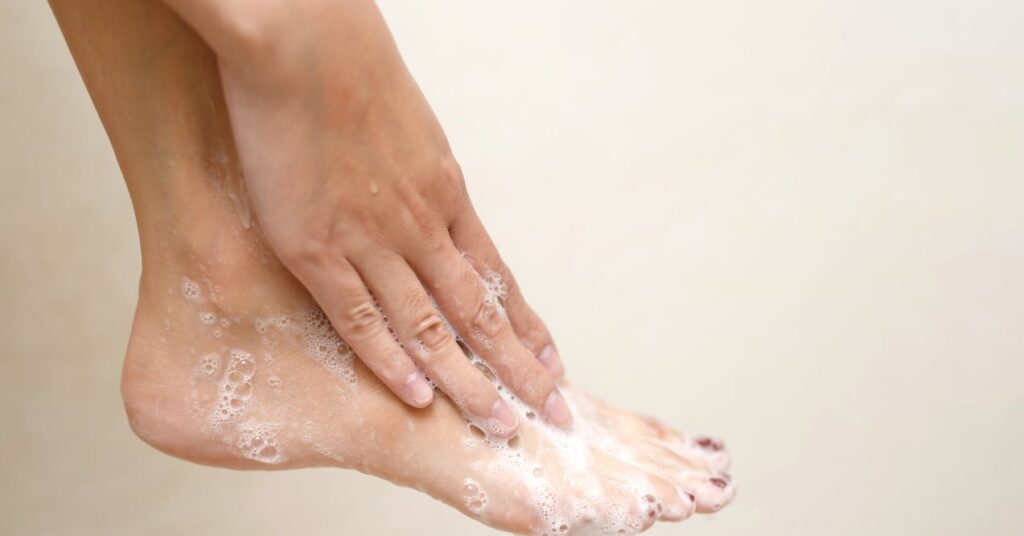
Keeping the affected area clean is vital to prevent infection:
- Wash your hands thoroughly before touching the affected area.
- Gently clean the exposed nail bed with lukewarm water and mild soap.
- Use a soft cloth or sterile gauze to pat the area dry.
- For stubborn debris, use a clean, soft-bristled brush to gently remove it.
- Repeat this process daily or after the area gets wet or dirty.
Perform this cleaning routine 1-2 times daily or as needed to keep the area free from debris and bacteria.
Recommended Bandages and Dressings
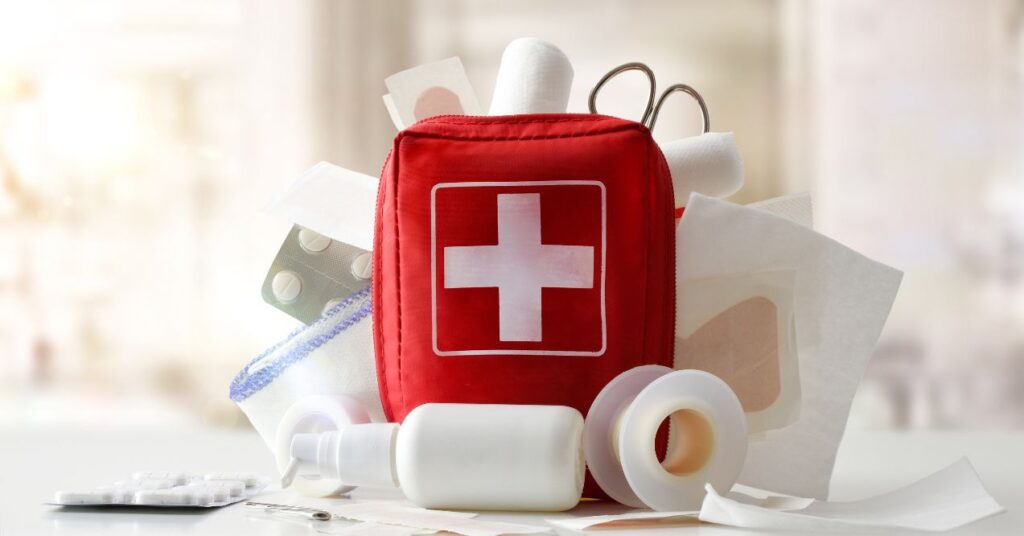
Proper covering helps protect the exposed nail bed:
- Apply an antibiotic ointment to the cleaned area.
- Cover with a sterile, non-stick gauze pad.
- Secure the dressing with medical tape or a bandage wrap.
- For added protection, wear a loose-fitting, clean sock.
- Change the dressing daily or when it becomes wet or dirty.
Change dressings daily or more frequently if they become wet or soiled. Ensure the area is completely dry before applying new dressings.
Over-the-Counter Treatments
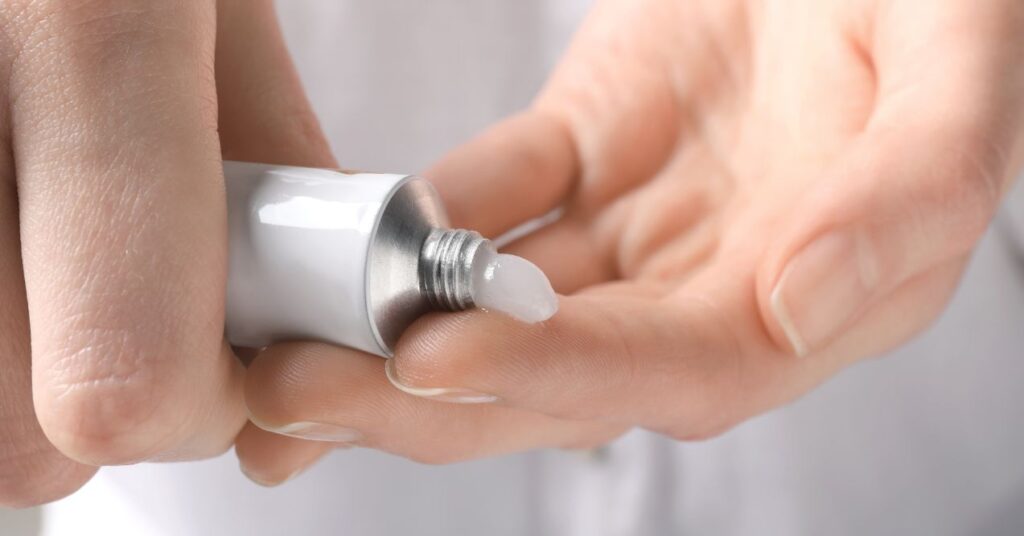
Several products can aid healing and reduce discomfort:
- Antibiotic ointments to prevent infection.
- Antifungal creams if fungal infection is suspected.
- Pain relievers like acetaminophen or ibuprofen for discomfort.
- Epsom salt soaks to alleviate pain and promote healing.
Always follow product instructions and discontinue use if you experience any adverse reactions.
What to Avoid
To ensure proper healing, avoid these practices:
- Don’t forcibly remove any remaining attached nail portions.
- Avoid trimming the skin around the affected area.
- Don’t pick at or bite your nails.
- Avoid wearing tight shoes or socks that could irritate the area.
- Don’t use harsh chemicals or alcohol on the exposed nail bed.
- Avoid walking barefoot, especially in public areas.
- Don’t paint your nails until the new nail has fully grown.
- Avoid excessive moisture, which can promote bacterial growth.
Additionally, Fungus Eliminator from PureHealth Research offers a natural approach to promoting nail health. Thi supplement, endorsed by Dr. Holly Lucille ND, RN, combines nine plant-based ingredients, including wormwood, caprylic acid, turmeric, and BioPerine®.
Wormwood assists in shielding against various fungal strains, while Caprylic Acid acts rapidly to attack invading fungi. Turmeric boosts immunity, and Bioperine® enhances its absorption. The formula aims to tackle unsightly toenail fungus, protect against recurrence, battle fungal spores, enhance immunity, and reduce discomfort.
Remember, while natural skin supplements can offer potential benefits, it’s always advisable to consult with your healthcare provider before starting any new treatment regimen. This is particularly important if you have existing health conditions, are taking medications, or are pregnant or nursing. They can also help monitor your progress and adjust recommendations as needed for optimal results.
Conclusion
Understanding why are my toenails falling off is crucial for maintaining foot health. Whether caused by injury, fungal infection, or conditions like psoriasis, toenail loss can be managed effectively with proper care. Remember, immediate action is key to preventing complications and promoting healing.
While home remedies and over-the-counter treatments can be effective for minor issues, persistent problems may require professional medical attention. By practicing good foot hygiene, wearing appropriate footwear, and addressing issues promptly, you can significantly reduce your risk of toenail problems.
Don’t hesitate to consult a healthcare provider if you have concerns, especially before trying new treatments or supplements.
Toenails can fall off painlessly due to gradual detachment from underlying causes like fungal infections or repetitive micro-traumas. This slow separation process allows the nail to detach without triggering pain receptors, leading to seemingly sudden, painless toenail loss.
Yes, toenails typically grow back after falling off. The regrowth process can take several months to a year, depending on factors like age and overall health. A new nail usually begins to emerge from the nail bed within a few weeks.
Clean the area gently with mild soap and warm water. Trim any loose nail parts carefully. Apply an antibiotic ointment and cover with a bandage. Wear comfortable shoes and monitor for signs of infection. Change dressing daily.
Sign up for our Healthy Living newsletter!
Advertisement. This site offers health, wellness, fitness and nutritional information and is designed for educational purposes only. You should not rely on this information as a substitute for, nor does it replace, professional medical advice, diagnosis, or treatment. If you have any concerns or questions about your health, you should always consult with a physician or other health-care professional. Do not disregard, avoid or delay obtaining medical or health related advice from your health-care professional because of something you may have read on this site. The use of any information provided on this site is solely at your own risk.




